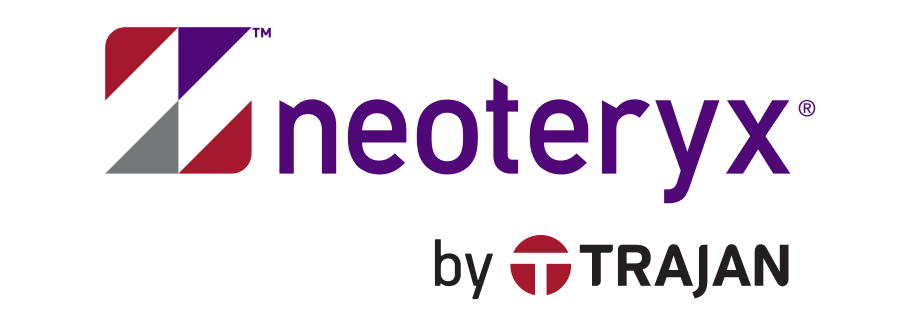Share this
by Florian Lapierre, PhD, Microsampling Product Director on Oct 30, 2024 1:22:52 PM
The table below summarizes the key advantages of skin Microbiopsy punch over the traditional biopsy punch method to collect a skin specimen.
|
|
Traditional Biopsy Punch
|
Harpera™ Microbiopsy™ Punch
|
|
Requires cutting a ⌀3-6mm piece of skin tissue |
Collects a micro specimen, with a small puncture (0.1 x 0.5mm) |
|
Takes about 15-30 minutes |
Takes few seconds |
|
Typically requires local anesthesia |
Does not require anesthesia |
|
Requires stitches and/or wound dressing |
No stitches, minimal wound. No scar |
|
Recovery time can be several days to weeks, depending on the biopsy site |
Faster healing, typically within a few days |
|
Physician and nurses required to perform procedure. 30 USD of materials. 80 USD for whole procedure1 |
Any healthcare provider (i.e. nurse) can perform procedure. 20 USD in materials. Est. 30 USD for whole procedure |
|
Not suited for multiple biopsies in narrow time window |
Suited for frequent sampling at one site and/or over time |
Third-party Publications:
- Yamada, M., et al. (2020). "Microbiopsy-based minimally invasive skin sampling for molecular analysis is acceptable to Epidermolysis Bullosa Simplex patients where conventional diagnostic biopsy was refused." Skin Res Technol.
- Preis, S., et al. (2022). "Munich atopy prediction study (MAPS): protocol for a prospective birth cohort addressing clinical and molecular risk factors for a topic dermatitis in early childhood." BMJ Open12 (9): e059256.
- Kirstein, O.D., et al. (2017). "Minimally invasive microbiopsies: a novel sampling method for identifying asymptomatic, potentially infectious carriers of Leishmania donovani." Int J Parasitol 47(10-11): 609-616.
See the complete publications list here.
shifting toward minimally invasive skin biopsies
Harpera's non-invasive technology can be the ideal sampling device to be used in conjunction with a wide range of dermatological applications, from diagnosing skin cancers to monitoring chronic skin conditions. Its ability to perform fast, easily repeatable sampling procedures without significant discomfort or damage to the skin makes it particularly valuable in studies requiring longitudinal monitoring.
Microbiopsy technology allows for continuous assessment with minimal impact on the patient's quality of life. Embracing this technology may positively impact the future of dermatological sample collection and rewrite the patient experience. It has the potential to offer a future where skin biopsies become quick, painless, and more accessible than ever.
1 Matsumoto, M., et al. (2018). “Estimating the cost of skin cancer detection by dermatology providers in a large health care system.” J Am Acad Dermatol 78(4): 701-709 e701.








No Comments Yet
Let us know what you think